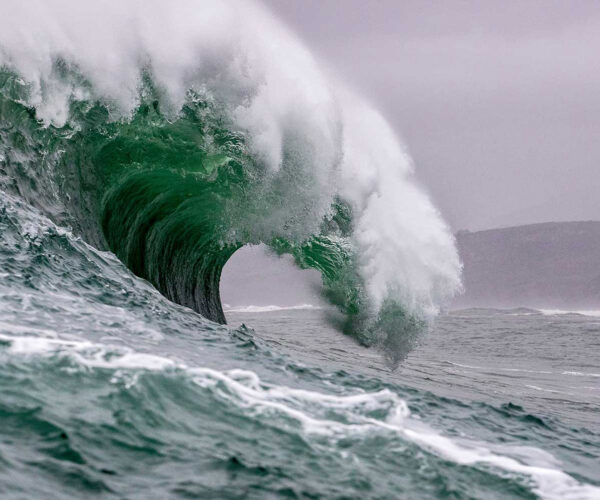Last Friday, June 4, the State Plan for Civil Protection against Tsunami Risk was presented in Cádiz, which was approved by the Spanish Government on May 18. This is a system capable of anticipating and early warning of the approach of a tsunami, giving enough time to the authorities and emergency services to carry out the necessary steps.
The plan is supported by the National Tsunami Warning System (SINAM), which will be nourished by the data collected by the National Seismic Network; the network of tide gauges REDMAR of State Ports; the detection systems of the Spanish Institute of Oceanography (IEO) and other marine detection systems of other areas and institutions.
This system will be accompanied by the collaboration of regional tsunami warning centers established within the framework of the Intergovernmental Oceanographic Commission of UNESCO (IOC / UNESCO), in addition to the Tsunami Warning System of the Northeast Atlantic, Mediterranean and Adjacent Seas (NEAMTWS), made up of several alert centers from countries such as France with CENALT, Portugal with IPMA, Italy with INGV, NOA in Greece and KOERI in Turkey.
The establishment of this plan is of vital importance to the coastal population that is approximately 7,660 kilometers away, where around 23 million people live, being 58% of the country’s population.
The regions most at risk of a possible tsunami alert are Andalusia, the Canary Islands, Catalonia, the Valencian Community, Galicia and the Balearic Islands to Murcia, Ceuta and Melilla
On the one hand, the Andalusian coasts would be one of those most at risk, given that Andalusia is in the middle of a double tectonic plate that threatens both the Atlantic and the Mediterranean sides. But the potentially most dangerous coasts would be those of the Gulf of Cádiz, where the devastating tsunami of 1755 already took place, where the sea invaded the population 3 times with waves up to 20 meters high and, according to some authors, 35 meters high approximately and taking with it the lives of around 2,000 people.
Similarly, in the Mediterranean Sea there have been less powerful tsunamis that have affected the coasts of the southeast of the peninsula and the Balearic Islands, caused by earthquakes that occurred off the coast of Algeria and in the Alboran Sea. The oldest, with few records in this regard, would be those of the years 1522, 1680, 1790 and 1804, while the most recent have been those of 1856, 1954, 1980 and 2003, this being the most deadly of those mentioned.
While, in the Canary Islands, there is a risk of tsunamis of volcanic origin, the only known case being the tsunami generated by the eruption of the Arenas Negras Volcano in Tenerife in 1706.
The tsunami that occurred in the Atlantic turn out to be more destructive but less frequent, while those in the Mediterranean Sea go the other way, more frequent but with less power.
Despite the fact that they are extremely rare events, Spain already has a history with tsunamis that have affected its territory, so you must be prepared for the possibility that, at any moment, another may arise. The main problem is due to the fact that a large part of the Spanish population has settled in the sea, granting little reaction time and therefore it is vitally important that the tsunami warning and anticipation system works properly and is given due importance, as these are the deadliest known natural catastrophe.

